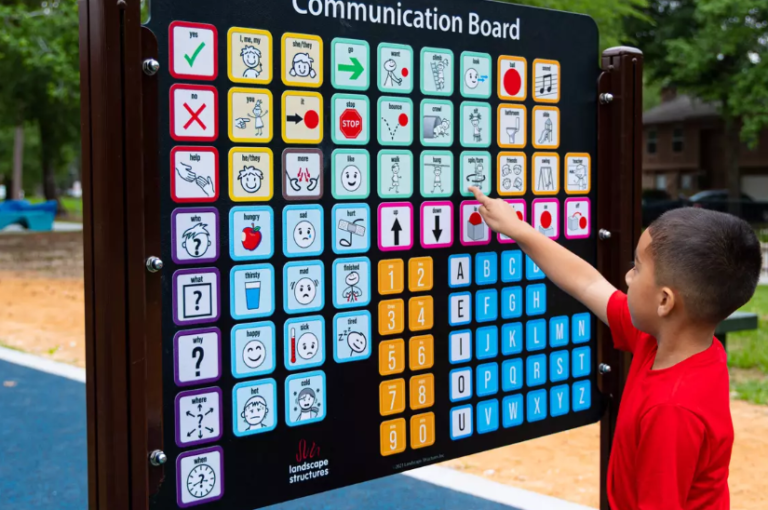How can we create school environments that harness strength based assessment practices and create a culture of valuable assessment? Assessment researchers would argue that there are steps that can be taken to ensure that assessment is meaningful. Katie White’s work in her book Softening the Edges: Assessment Practices that honor K-12 Teachers and Learners, illustrates that assessment should undergo a great deal of collaboration, clarity and questioning to ensure that students are met with a “soft edge” and not a “hard edge”. Katie’s approach to assessment is one of looking at the student as a whole person who has the capability to adapt and that best assessment practices are “wrapped up in context, tone, choice, emotions and beliefs about what assessment is and the role it has in learning” (White,12).
This lends itself to the belief that creating a positive learning environment in the classroom is essential for providing meaningful feedback to students and creating assessments that ensure learner buy in. When we change our language around assessment and ask ourselves questions that relate to who our learners really are then we provide meaningful opportunities for assessment. Here are some strategies for engaging students in the process of assessment:
- Co-create single point rubrics with your students https://shaelynnfarnsworth.com/2019/09/16/4-ways-to-use-single-point-rubrics/
- Providing meaningful feedback to your students in a timely manner http://www.makinglearningvisibleresources.org/uploads/3/4/1/9/3419723/ladder_of_feedbackguide.pdf
- Developing rubrics that use effective language
References
White K. (2017). Softening the Edges: Assessment Practices that Honor K-12 Teachers and Learners. 11-28.








